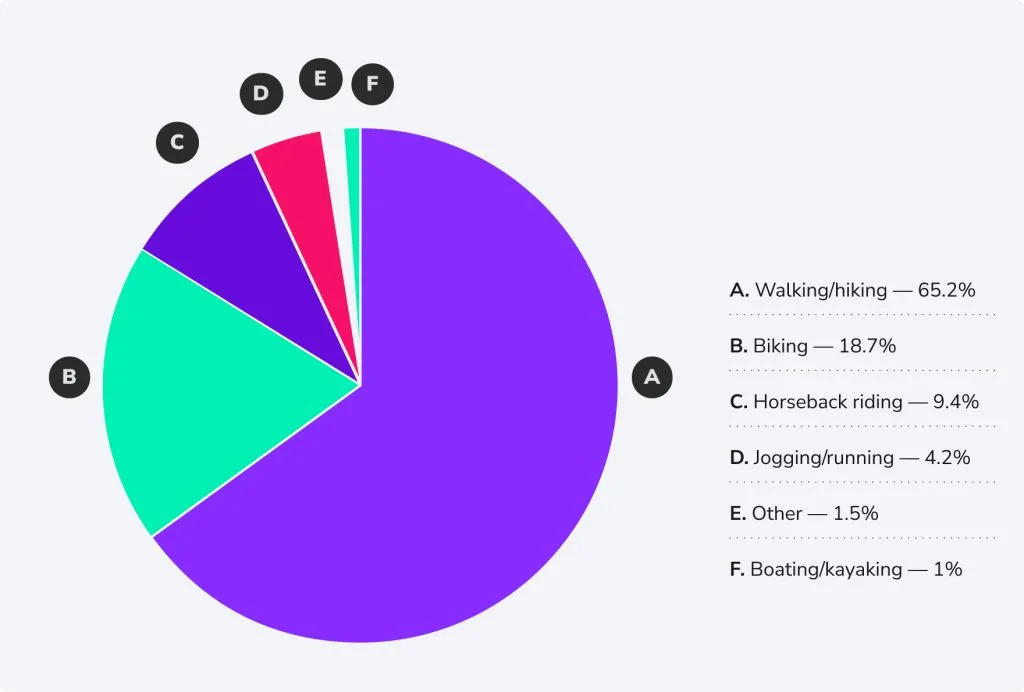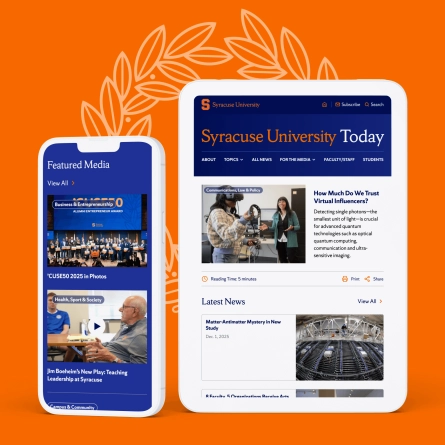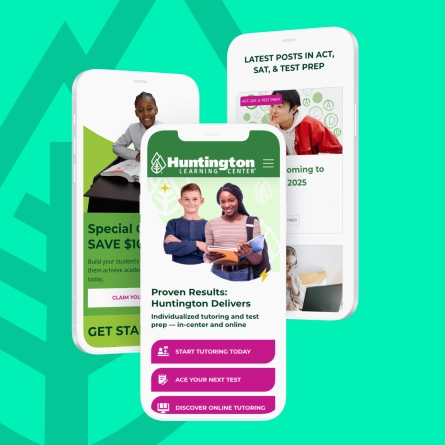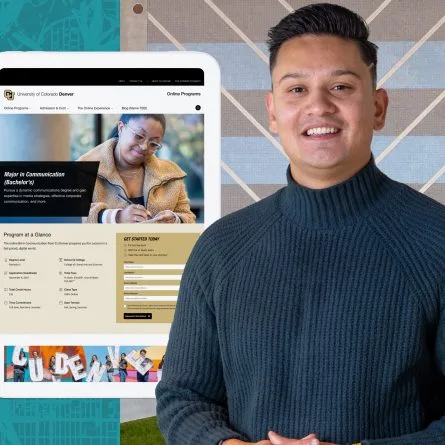Loudoun’s Trails & Waterways
A naming, visual identity & branding initiative spurs community adoption and engagement for an evolving park & trail system
OVERVIEW
Loudoun County is a dynamically evolving community that lies within the DC metro area at the northern tip of Virginia, known in equal parts for its rich history, diverse topography, and picturesque views.
County administrators took on an ambitious initiative to develop an interconnected, countywide linear parks and trails (LPAT) system that provides residents and visitors with more opportunities to enjoy the region’s stunning outdoor spaces, while also leveraging benefits like alternative transportation options, wildlife habitat and water quality protection, flood hazard reduction, aquifer recharge, erosion prevention, economic development, and enhanced tourism.
When complete, this signature project will feature an inviting mix of trails, boat launches, historic sites, and preserved wetlands that stretch from the county’s Blue Ridge Mountains in the west to the Potomac River in the east — and everything in between.
We partnered with the Loudoun County team to create a name, visual identity, and suite of brand materials to complement this initiative.
Loudoun's Trails & Waterways by the Numbers
New brand collateral includes a signage template and trail medallion. At 4×4”, these medallions are large enough to orient users along intended paths – but small enough to avoid being a visual nuisance on natural trails.
PAIN POINTS & CHALLENGES
- We needed to consult with a wide variety of stakeholders, users, and community members while finding common ground among disparate viewpoints, needs, and priorities. Because the wide range of what Loudoun County offers is part of what makes it so special, the name and branding needed to be equally broad and encompassing.
- While it’s easy and convenient to talk about the project’s trails, paths, and “blueways,” the name and brand needed to cast a wider net.
SOLUTIONS: STRATEGY MEETS CREATIVITY
Audience Research
Building on prior work the client had done with online surveys, public webinars, and focus groups to shape the project’s direction, we drilled deeper into naming research with a series of user surveys and workshops to gather input from county stakeholders and staff members, as well as community members and trail users.
2 SURVEYS
SEPARATE SURVEYS WENT OUT TO EACH PARTICIPANT GROUP:
- For internal stakeholders, the goal was to collect input and create a sense of involvement. Questions were more open-ended and geared towards ensuring we heard firsthand about people’s expectations and any hot-button issues or concerns.
- For community members, we took a more quantitative approach. We wanted to get a wider breadth of data and insight into how people use parks and trails — and how they think and feel about parks and trails as they currently exist in Loudoun County.
4 WORKSHOPS
WE HELD TWO SESSIONS FOR EACH PARTICIPANT GROUP:
- With internal stakeholders, we wanted to dig deeper into survey results. Once we understood some of the underlying concerns and expectations, we needed to understand some of the “why” behind the “what.”
- Community sessions were again more data-driven, with fewer prompts and more binary choices. We wanted to get a sense of the types of names the public might respond to (either positively or negatively) and hear directly about any potential naming pitfalls.
Naming Recommendations
To come up with three suggested naming options, we started with the LPAT’s function. Because this system will serve all audiences — not just typical outdoorsy users — the name and visual brand had to convey that no one gets left behind; that the spaces are easy to find, easy to engage with, and require no special equipment or knowledge to enjoy for a variety of uses. (See chart below).

We then had to find a balance between a name that felt descriptive and applicable to Loudoun County, but that also encompassed its diverse demographic, geographic, and geological characteristics.
Next, we considered the types of feelings users reported experiencing while enjoying similar spaces.
Throughout our discovery process, we identified a pervasive theme of “connection” that users will enjoy, not only to the physical spaces as they move from one part of the system to another — but to nature, to others using the system, to their own selves, and to the history of the region.
OUR CRITERIA CHECKLIST
The winning name had to be:
- Welcoming and approachable
- Reflective of Loudoun County but not specific to a specific location or attribute
- Descriptive enough to know what you might find or how you might feel there
- Evocative of being in nature
- Not specific to an activity or type of space
- Distinctive (but not forced) & easy to remember
Visual Identity & Design
After working with the client team to narrow the recommendations down to one winning selection — Loudoun’s Trails & Waterways — we conducted another workshop to explore color and style inspirations that informed our design exploration and development of a primary brand identity and suite of related brand elements.
Logo
The Loudoun’s Trails & Waterways logo is a specially designed and distinctive graphic image that embodies the essence of their brand and their commitment to nature, connection, and inclusivity. The design is inspired by the physical attributes of the trails, blueways, and parks — as well as how users feel when immersed in a protected and preserved natural space.
Early sketch explorations
Primary logo mark and secondary logo mark
Signage
Through the use of detailed trail maps, distinctive colors, clear typography, prominent logos, and other consistent visual elements, a series of new trail signage ensures that all users can easily take in and understand the information presented.
Brand Guidelines
This guide outlines the new logos, fonts, color formulas, voice & tone — all of which help the client team align on how to speak about their new brand and inform the future development of visual and messaging assets.


